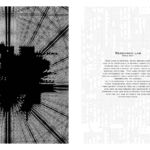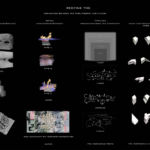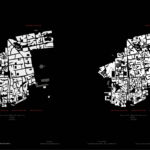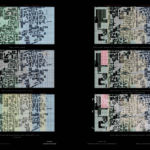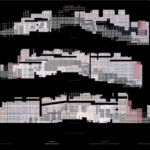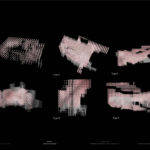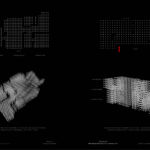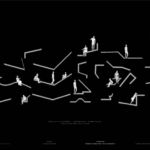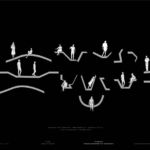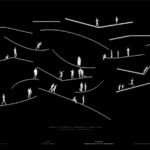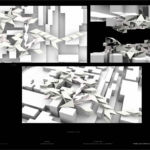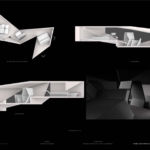Omer Ittah
redefine the community in dense exists environments
Our lives in central cities become less and less accessible in several terms as we humans have the need to concentrate in main cities as a result of work, family and common activities.
That need effect cites and expressed as -high density, high cost, bad walkability, high anonymity, and the lack of opportunity to choose.
In this research, I tried to understand these parameters that affect mostly on high- density cities by testing a dense matrix, and how we can create a new community of working-living and public spaces that engage with the old one by using the existing infrastructures.
the test subject that was chosen is Jerusalem, the capital city of Israel, and focuses on the area of the old city. In this area, there are different kinds of communities, Jewish Muslims and christens. The different community is divided into a different quarter that surrounds two holly places- the western wall and Temple Mount. At the same time as the communal complexity, the residents of the old city live in a very high- density area, which makes the public spaces very limited. When these public spaces are being used they are used mostly by tourists during the day. The majority of the movement of the tourist is between the houses towards the holy places. As a result of that, the different religions and cultures communities remain closed within themselves and there is no communication, except for looking at the same view.


